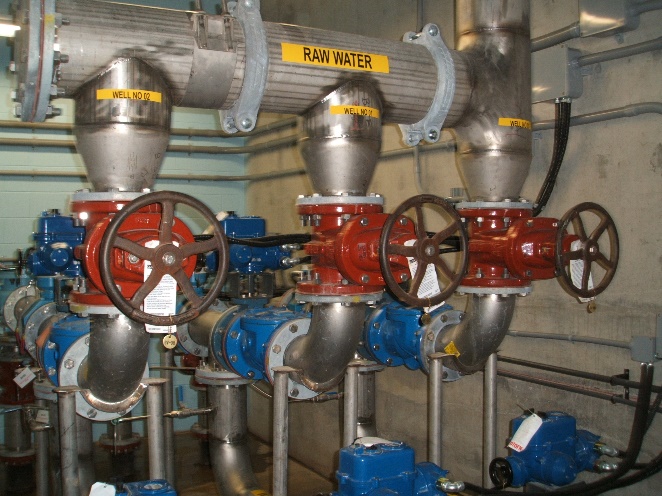What Is a Wellhead Protection Area?

Many municipalities rely on wells to supply drinking water to its residents. Wells of all types, municipal and private, urban and rural, pump water from under the ground. This groundwater comes from rain or snow that seeps below ground and pools in cracks or spaces in the soil, sand and rock. These underground sources of water are sometimes known as aquifers. The level of groundwater, or the water table, rises and falls depending on the season, temperature, amount of rain or snow and the amount of water withdrawn from the aquifer.
A wellhead is simply the physical structure of the well above ground. A wellhead protection area is the area around the wellhead where land use activities have the potential to affect the quality of water that flows into the well.
The amount of land involved in a wellhead protection area is determined by a variety of factors such as the way the land rises or falls, the amount of water being pumped, the type of aquifer, the type of soil surrounding the well, and the direction and speed that groundwater travels. All of these factors help to determine how long it takes water to move underground to the well itself and how much land around the wellhead should be protected.





